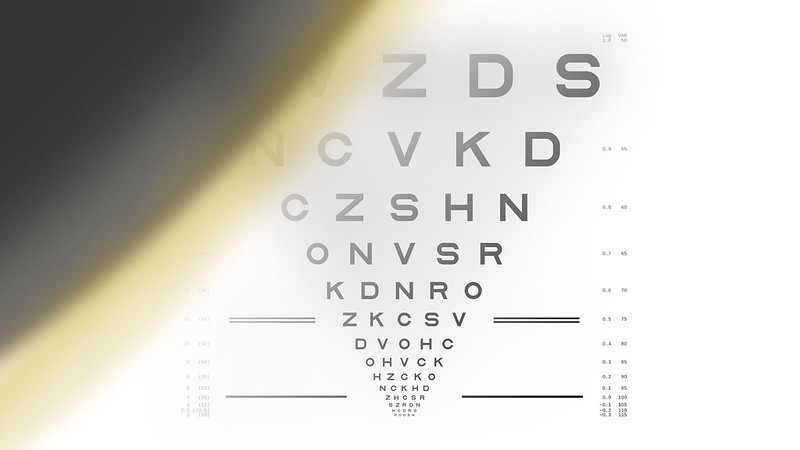
After NGM Biopharmaceuticals’ most advanced internal program flunked a mid-stage study last year, the biotech said it would shift its focus to drug candidates covered by a partnership with Merck, including an antibody in clinical development for a degenerative vision disorder with no FDA-approved treatments. That NGM drug’s prospects look dim after data reported Monday showed it failed a Phase 2 study.

With the Rise of AI, What IP Disputes in Healthcare Are Likely to Emerge?
Munck Wilson Mandala Partner Greg Howison shared his perspective on some of the legal ramifications around AI, IP, connected devices and the data they generate, in response to emailed questions.
NGM has been testing its drug, NGM261, in geographic atrophy, an advanced form of age-related macular degeneration. This retinal damage is associated with excessive activity from a part of the immune system called the complement system. This activity damages the macula, leading to the loss of a patient’s central vision. While that vision loss is irreversible, NGM and other biotech companies pursuing treatments for the disorder are developing drugs intended to slow the deterioration associated with the disease. NGM261 is an antibody designed to block a complement system protein called C3.
The Phase 2 study enrolled 320 patients diagnosed with geographic atrophy in one or both eyes. Those participants were randomly assigned to receive the experimental NGM therapy injected into the eye every four weeks or every eight weeks, or a sham injection given at the same intervals. Geographic atrophy leads to the formation of lesions on the retina. The main goal of the clinical trial was to measure the rate of change in lesion area after 52 weeks of treatment. In the results announced Monday, NGM reported a 6.3% reduction in those given the therapy every four weeks and a 6.5% reduction in those treated every eight weeks. However, those reductions were not statistically significant compared to the changes observed in those who received the sham treatment.
Despite missing the main trial goal, NGM highlighted that fewer patients in the treatment group developed choroidal neovascularization, the growth of new blood vessels that cause vision loss. Furthermore, NGM is conducting additional analysis of the trial data that adjust for what the company says was large lesion variability. In an investor presentation, the company said excluding the quartile of patients with the largest lesions at the baseline of the study shows greater reductions in lesion area over the course of 52 weeks. The company described these results as “potentially encouraging findings warranting further evaluation.” However, the FDA usually frowns upon post-hoc analyses that aim to find a positive result from a failed study. In such cases, the regulator typically ask for another clinical trial.
NGM might be hoping for an outcome similar to what happened with Apellis Pharmaceuticals, a company that recovered from a clinical trial stumble. A little more than a year ago, Waltham, Massachusetts-based Apellis reported that one of the Phase 3 studies testing its drug succeeded at meeting its main goal at 12 months while the other one failed. The company continued both studies and reported 18-month data earlier this year that showed reductions in lesions. Apellis executives attributed the earlier clinical trial failure to some patients with a fast-progressing form of geographic atrophy. In these patients, more time is needed for the drug to show an effect, which was evident at 18 months. In July, the FDA accepted the biotech’s drug application, including the 18-month data. The agency set a Nov. 26 target date for a regulatory decision.
Charles Wykoff, director of research at Retina Consultants of Texas and an investigator in the NGM621 study, said in a prepared statement that there can be high variability in outcomes among tests of complement inhibitors for geographic atrophy and scientists are still learning how that variability affects the evaluation of experimental therapies for the disease. He added that the choroidal neovascularization finding combined with the signals from the additional analyses suggest that the NGM drug may have a role in treating geographic atrophy. NGM said additional findings will be presented at the annual meeting of the Retina Society in November.
NGM began its alliance with Merck in 2015. The pharmaceutical giant paid NGM $94 million up front and made an equity investment in its partner valued at about $106 million. According to the terms of the deal, Merck has the option to license NGM621 following the completion of Phase 2 testing. Investors aren’t betting on that outcome in light of the clinical trial failure. Shares of NGM sank more than 70% on Monday.














